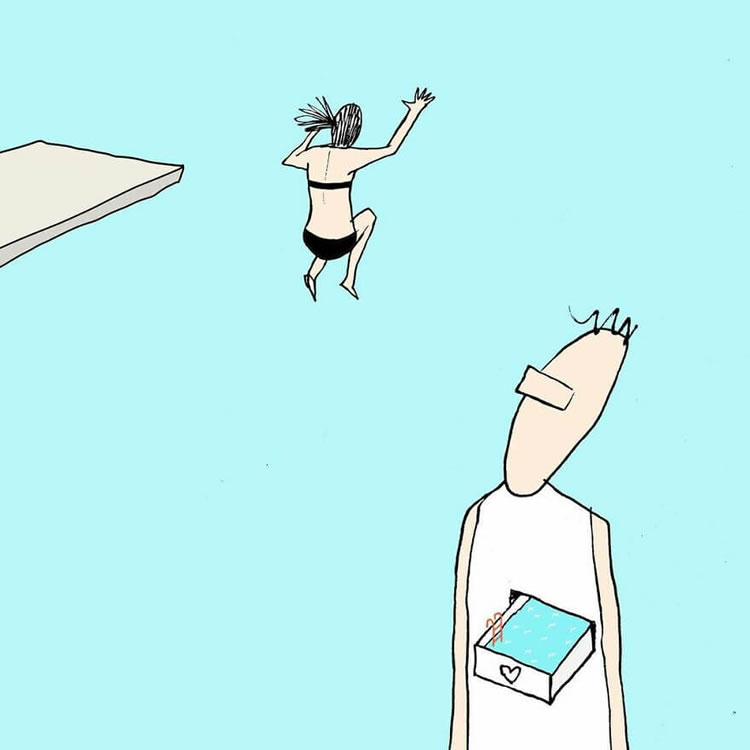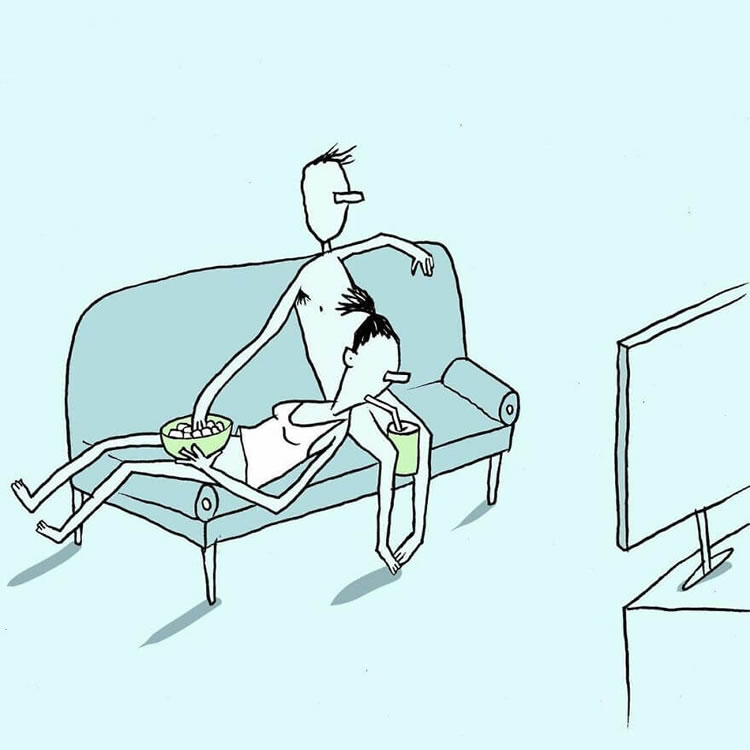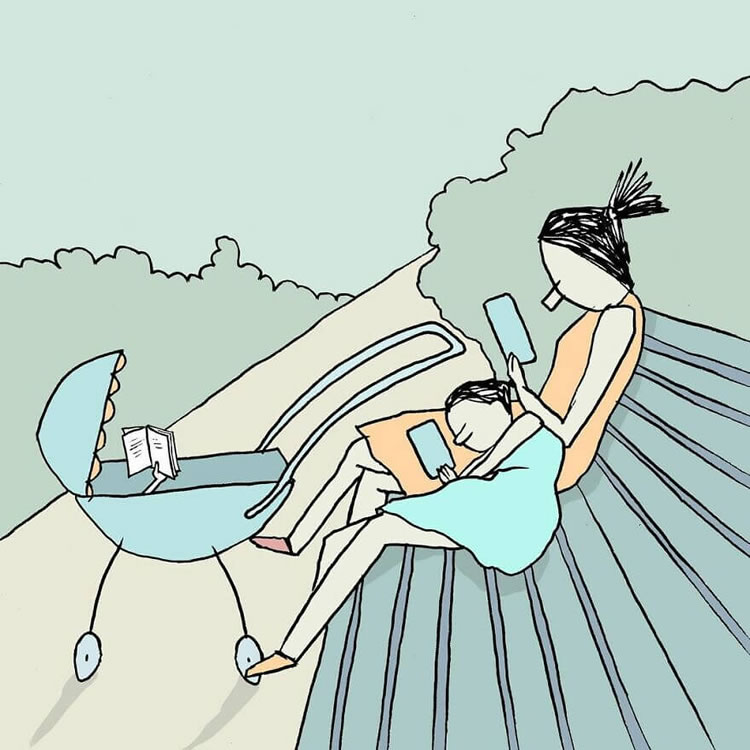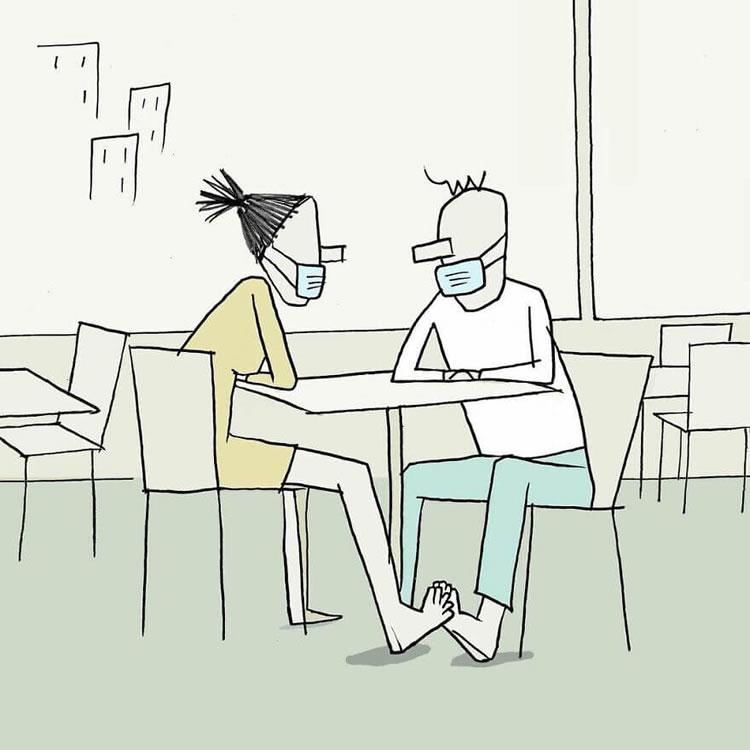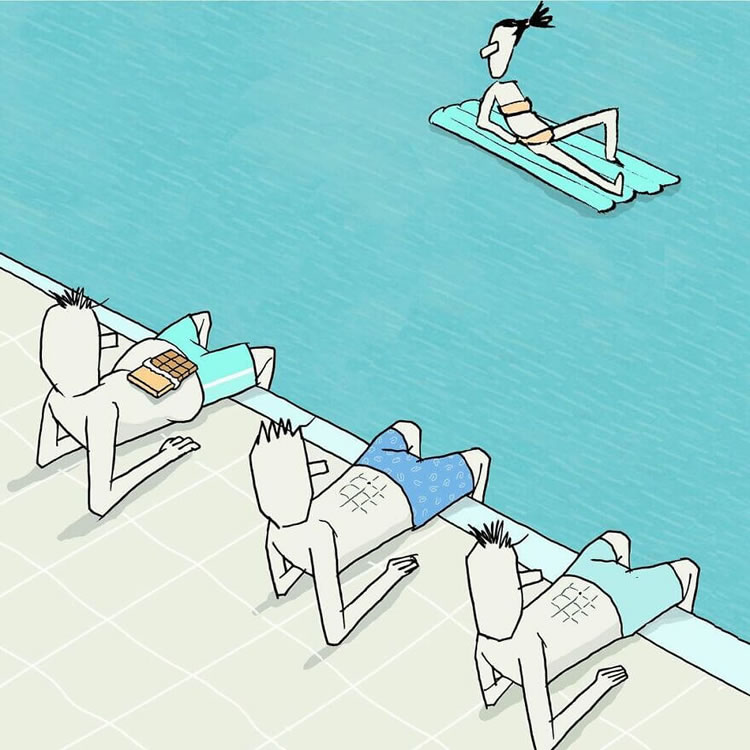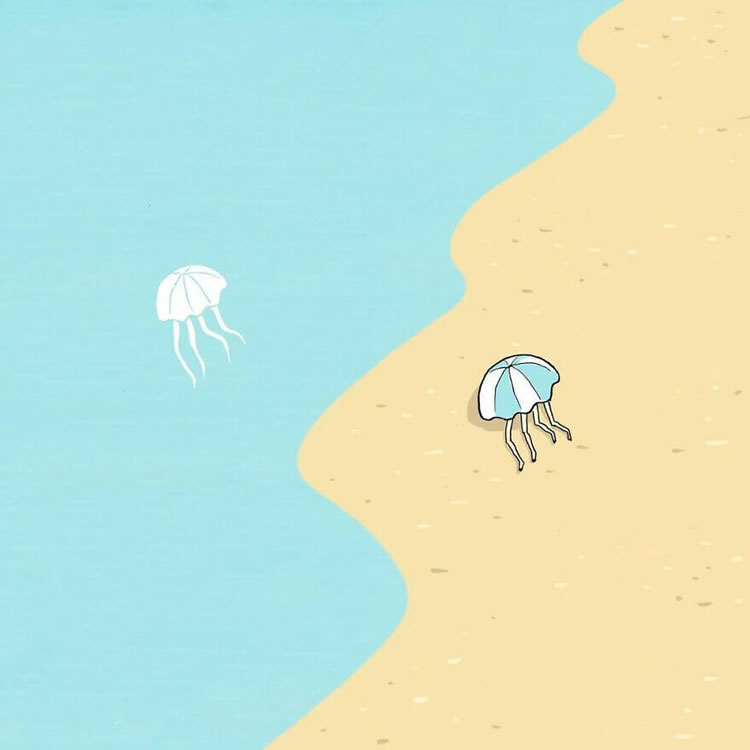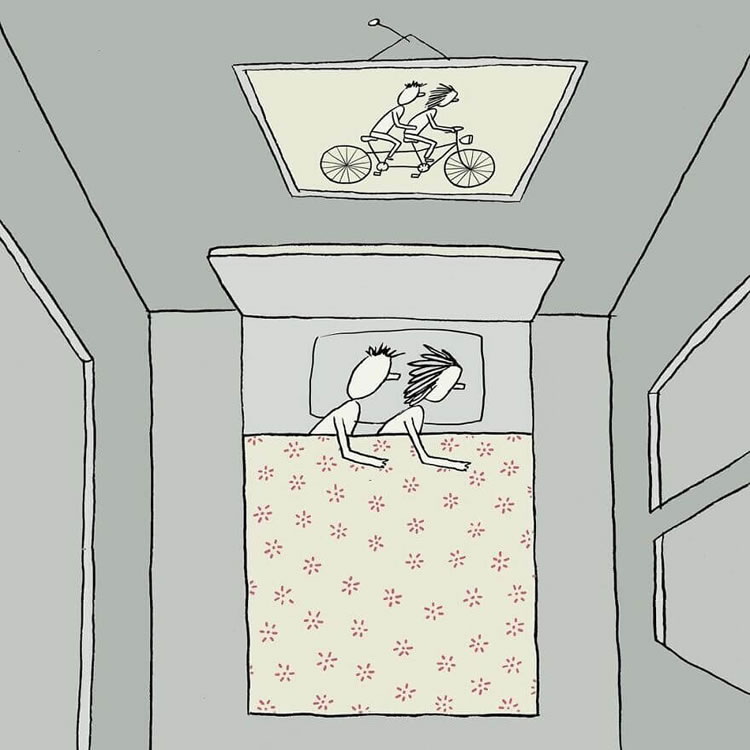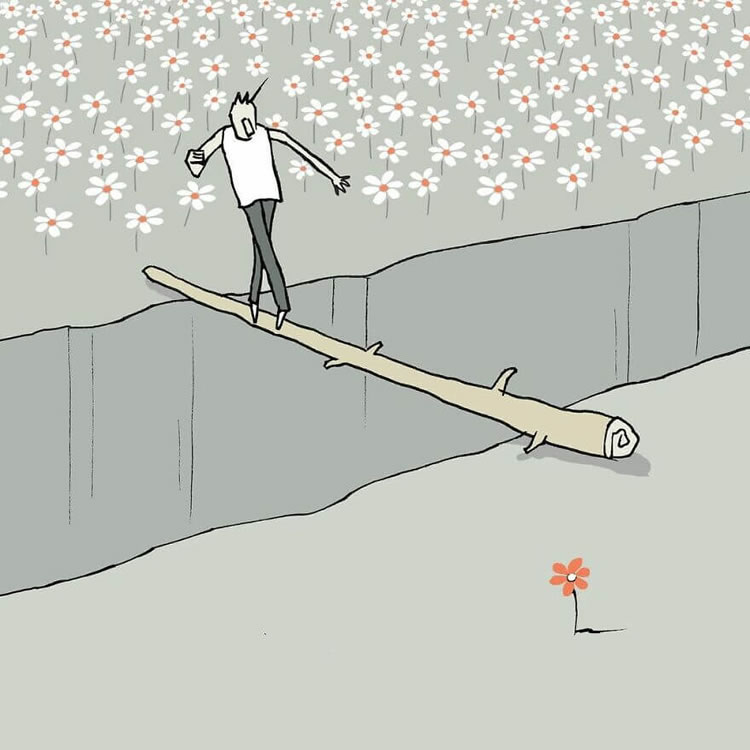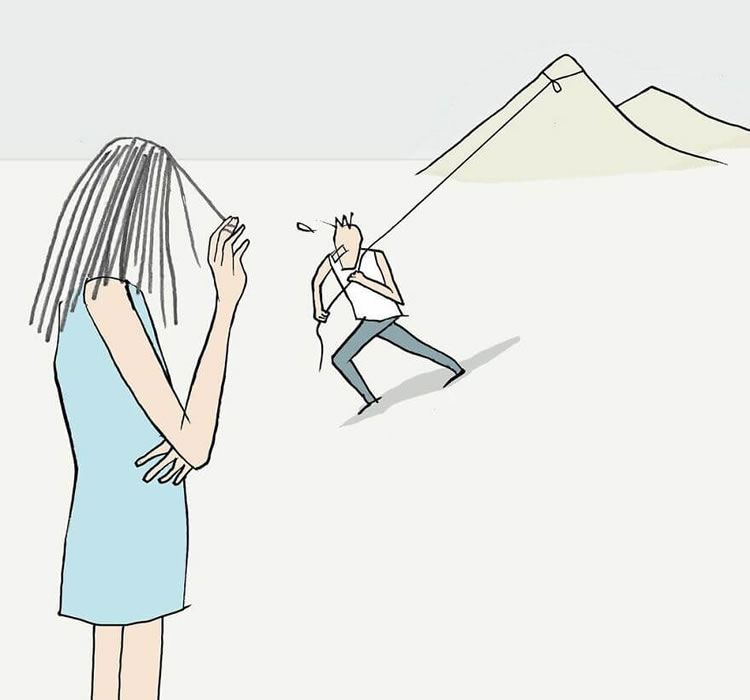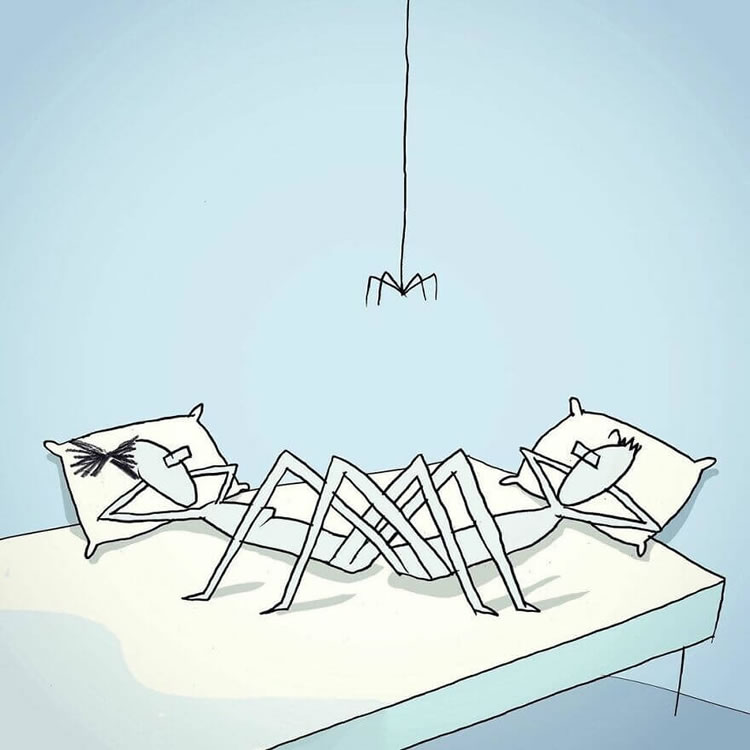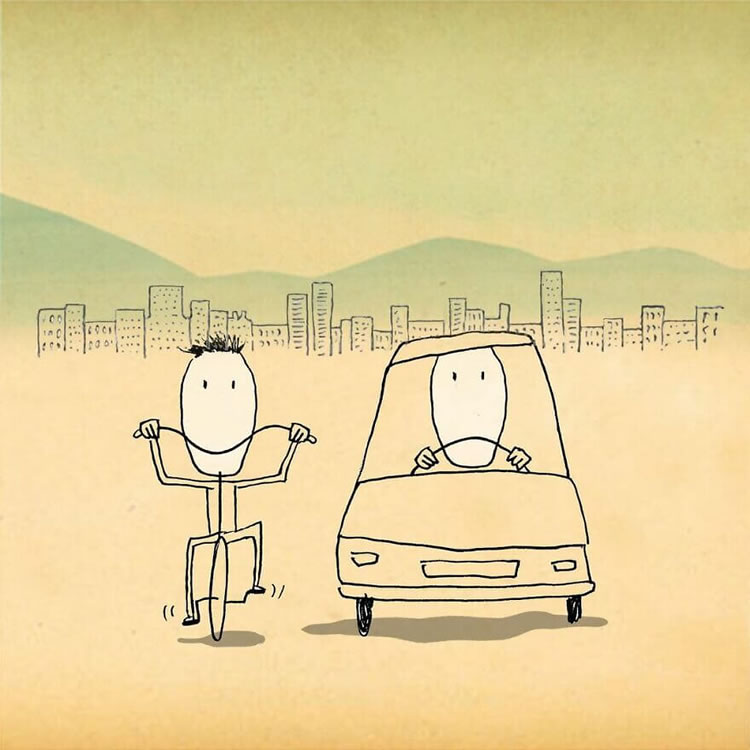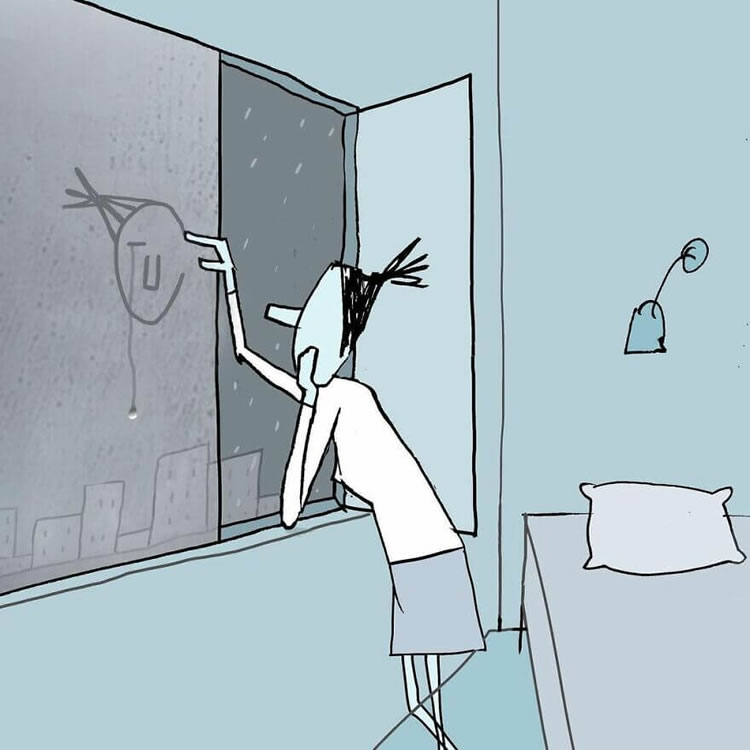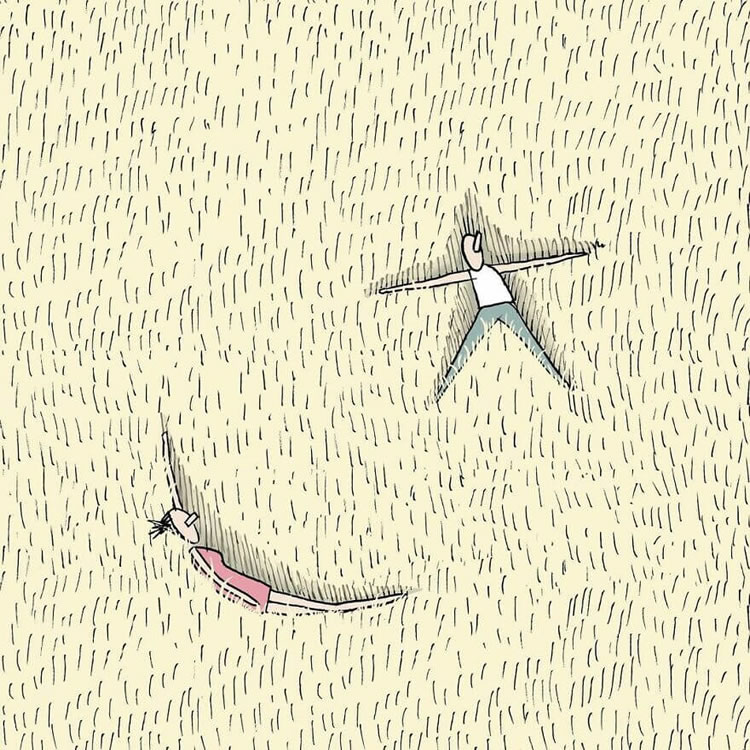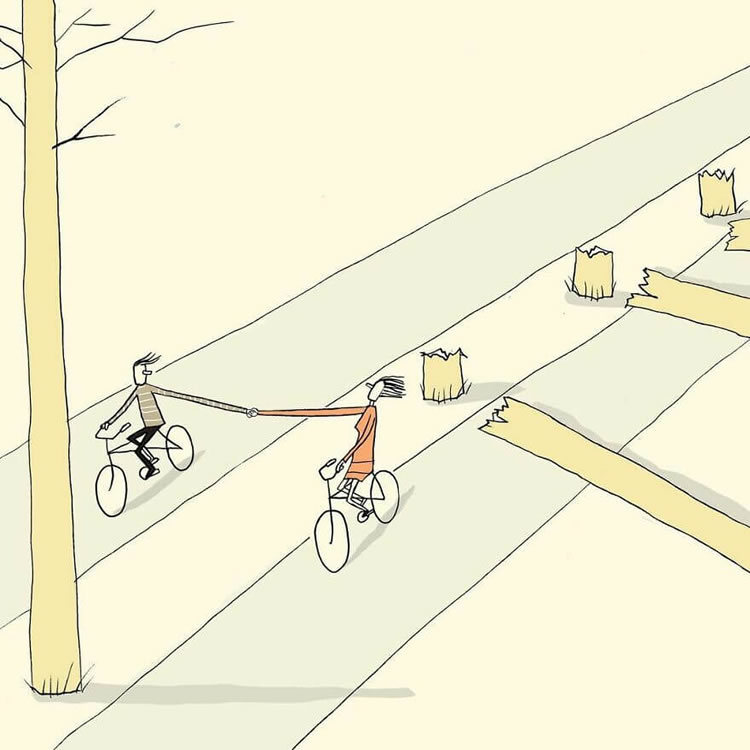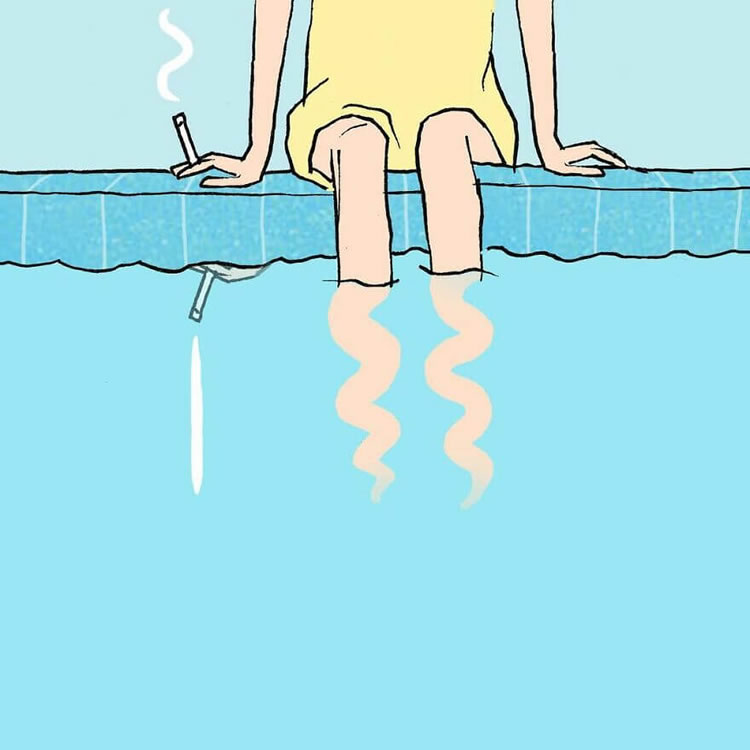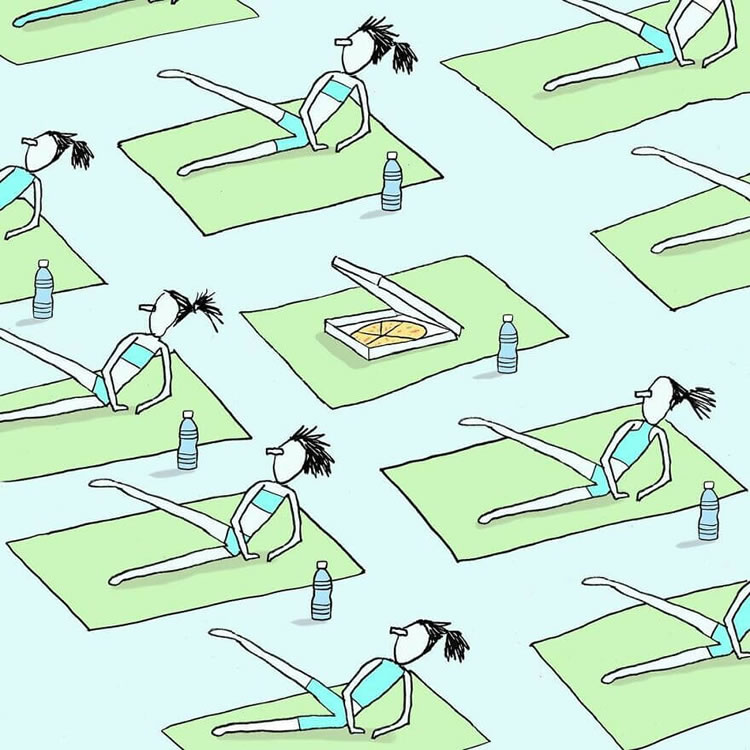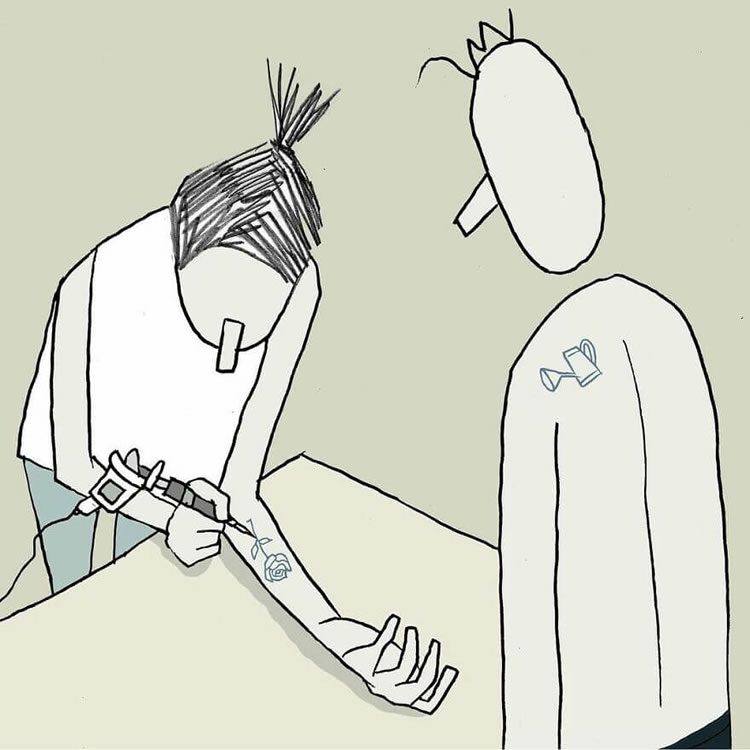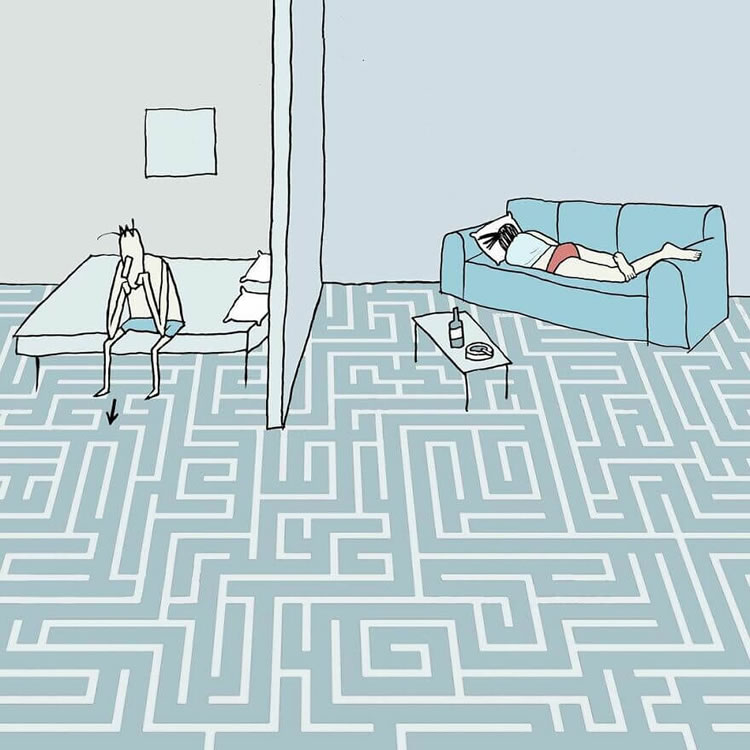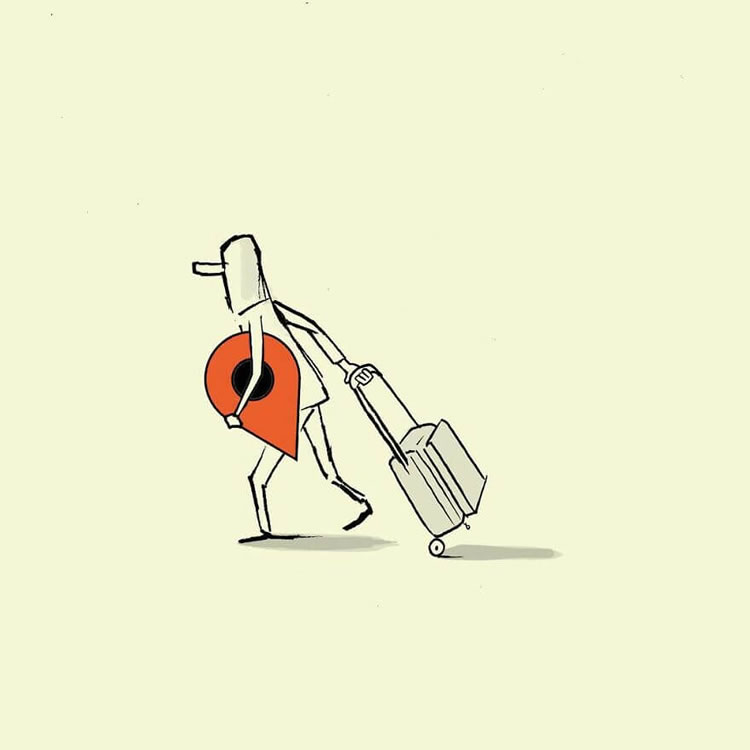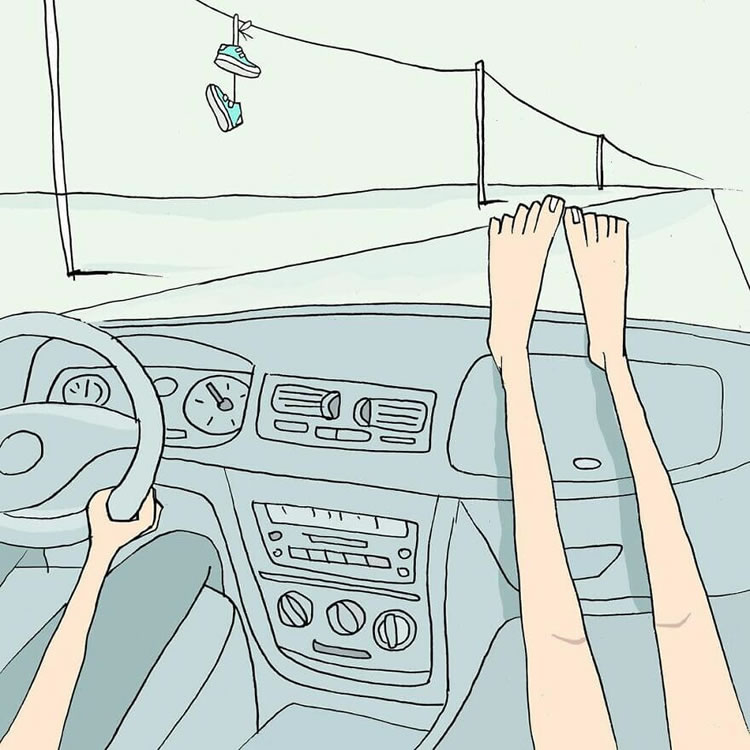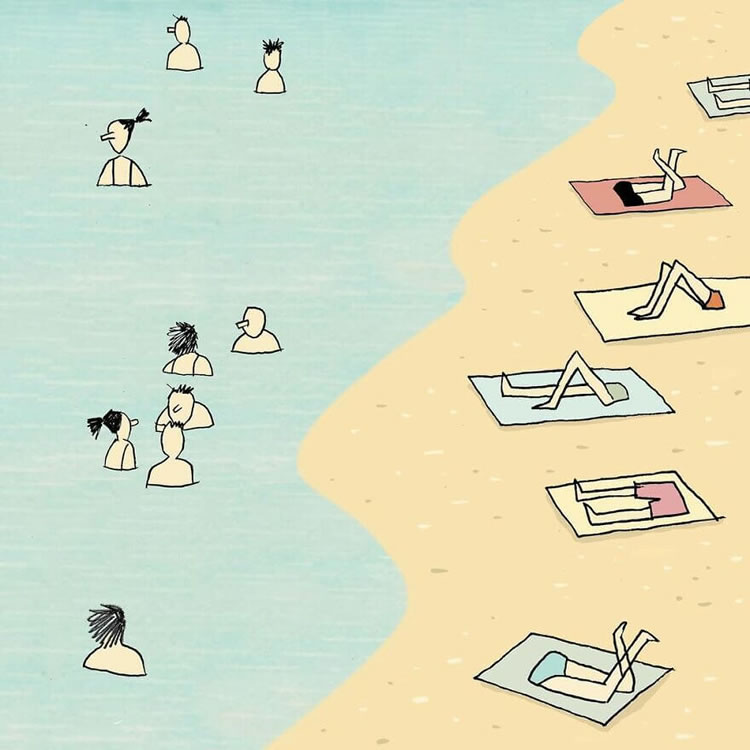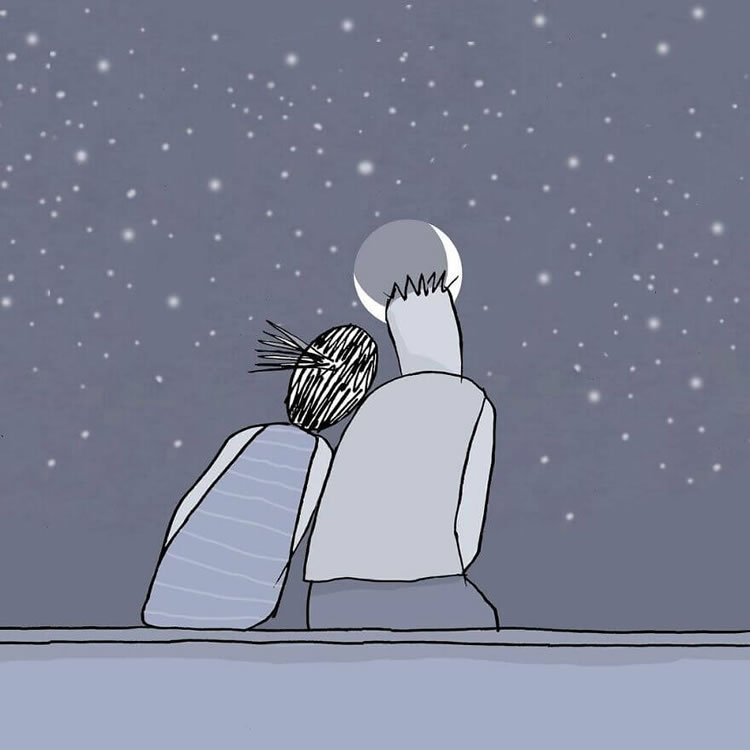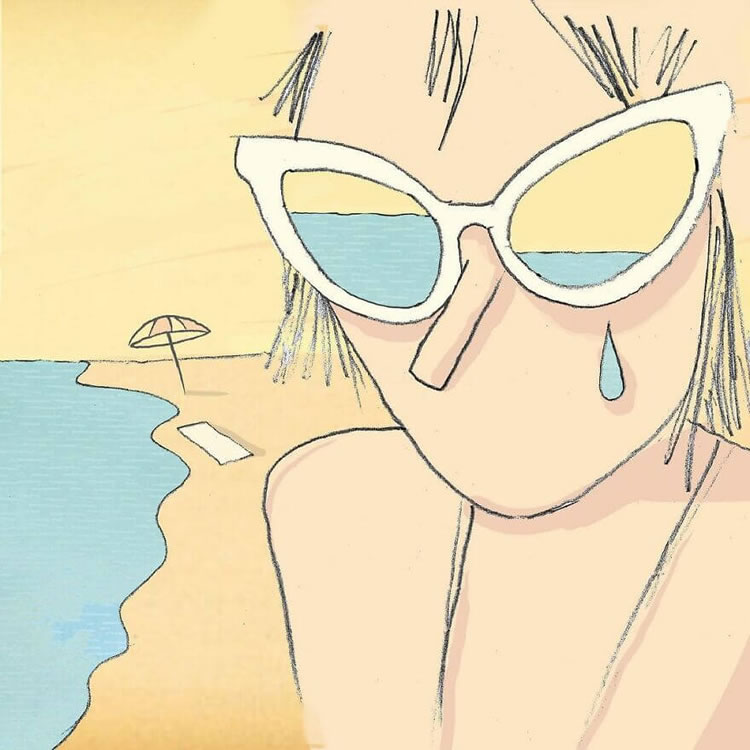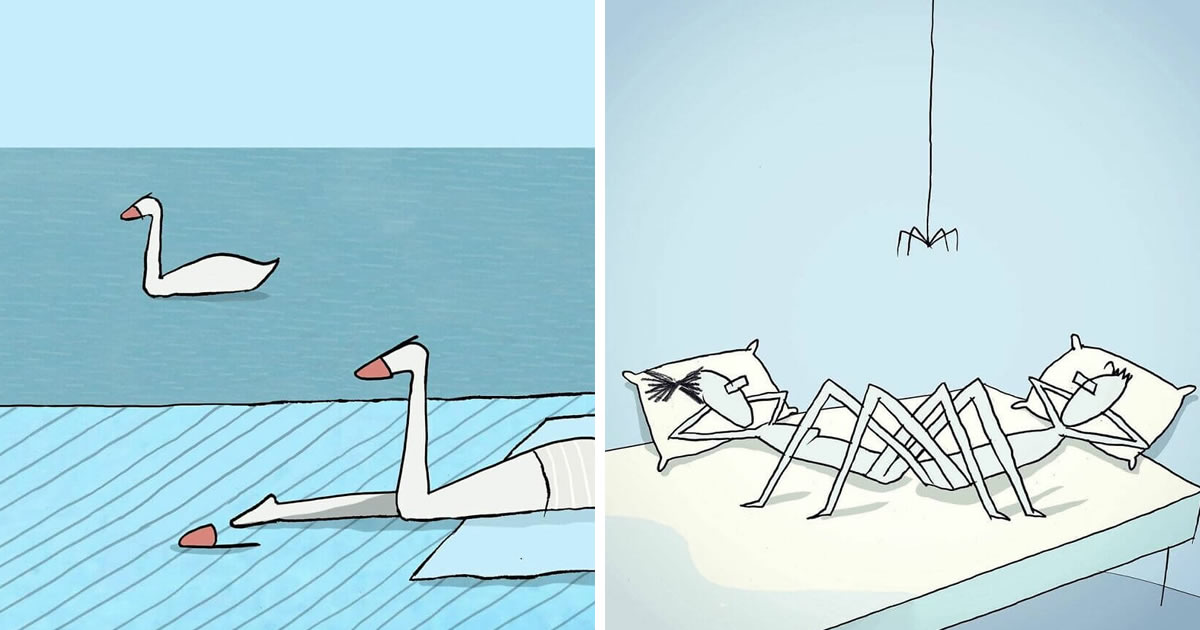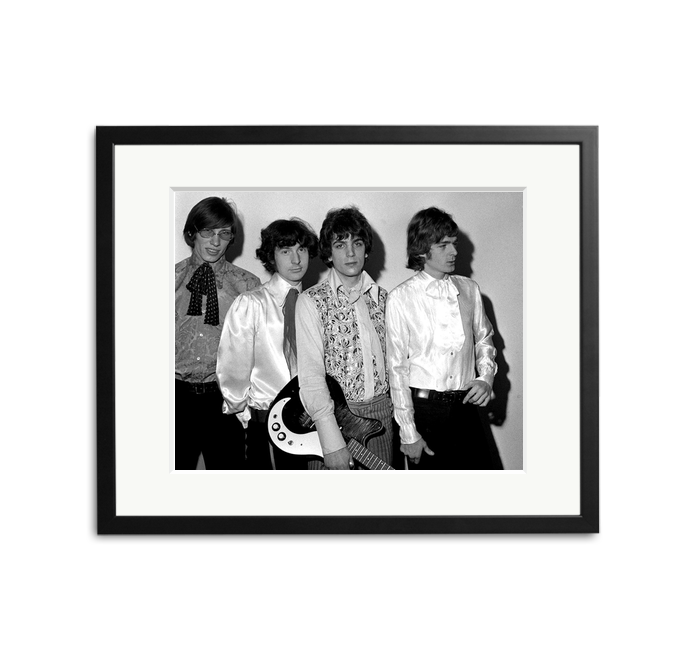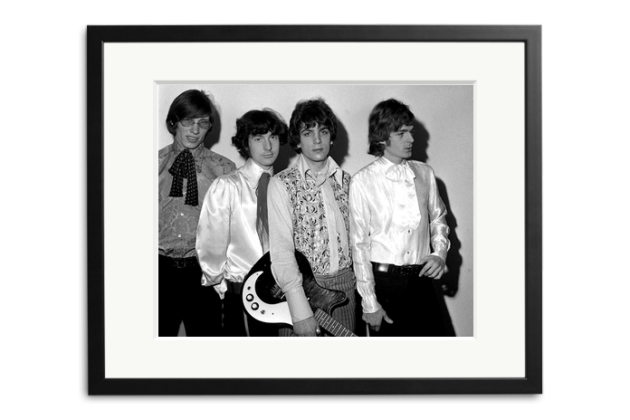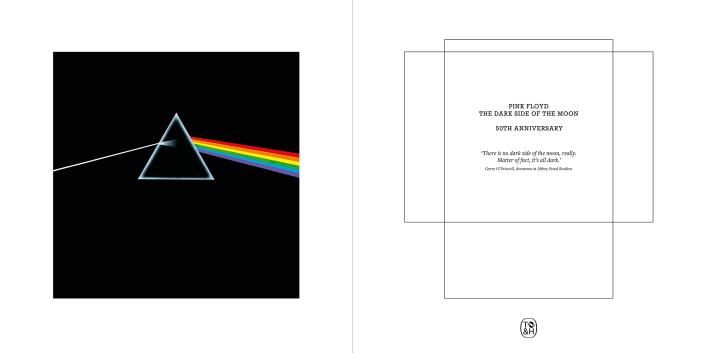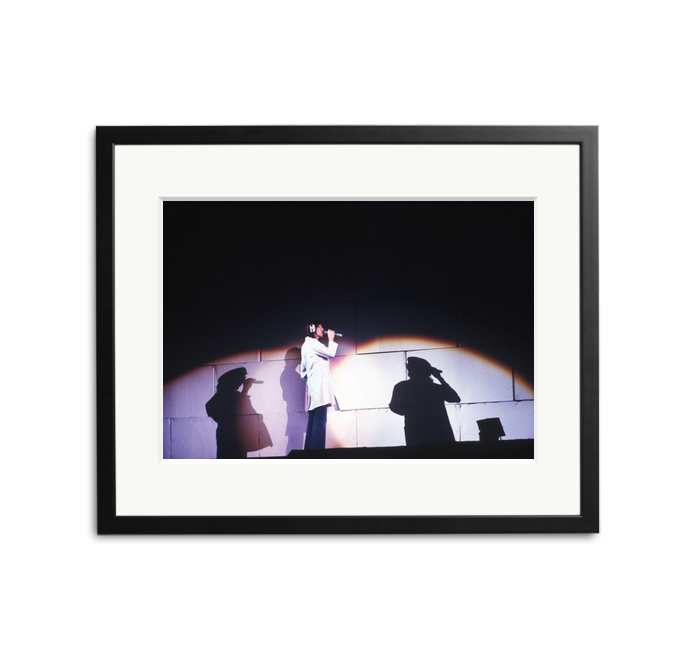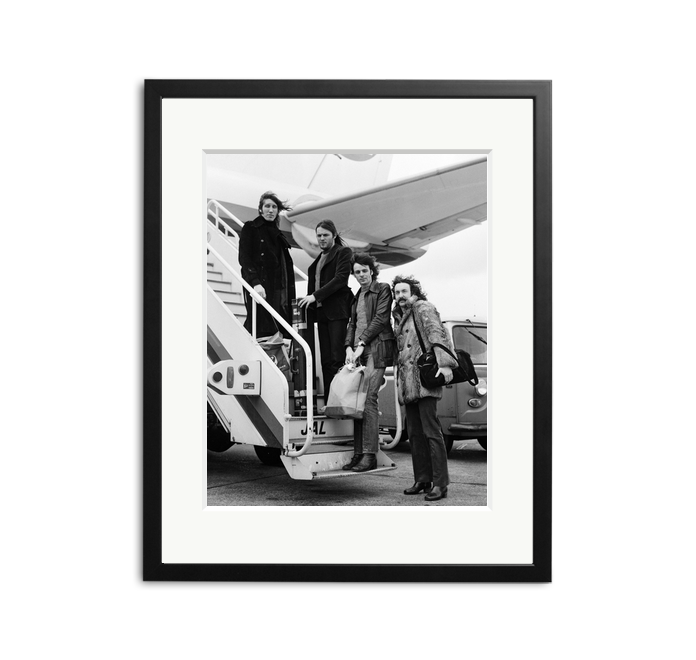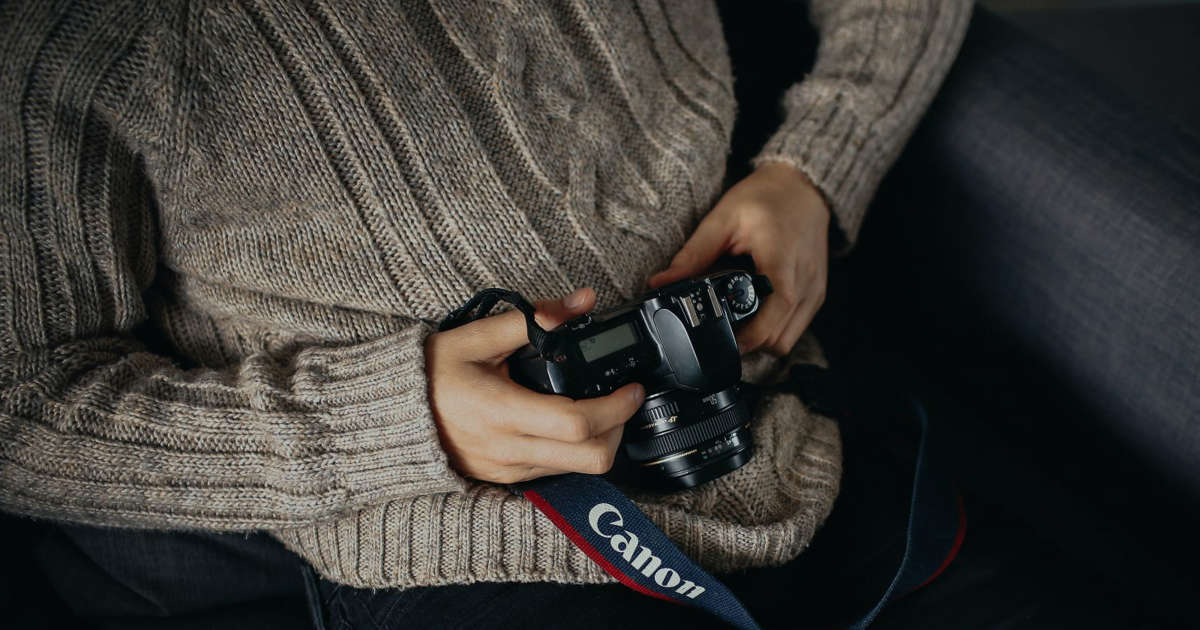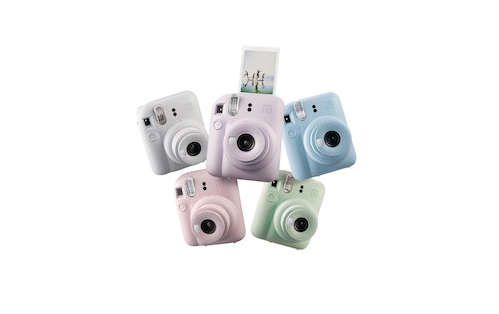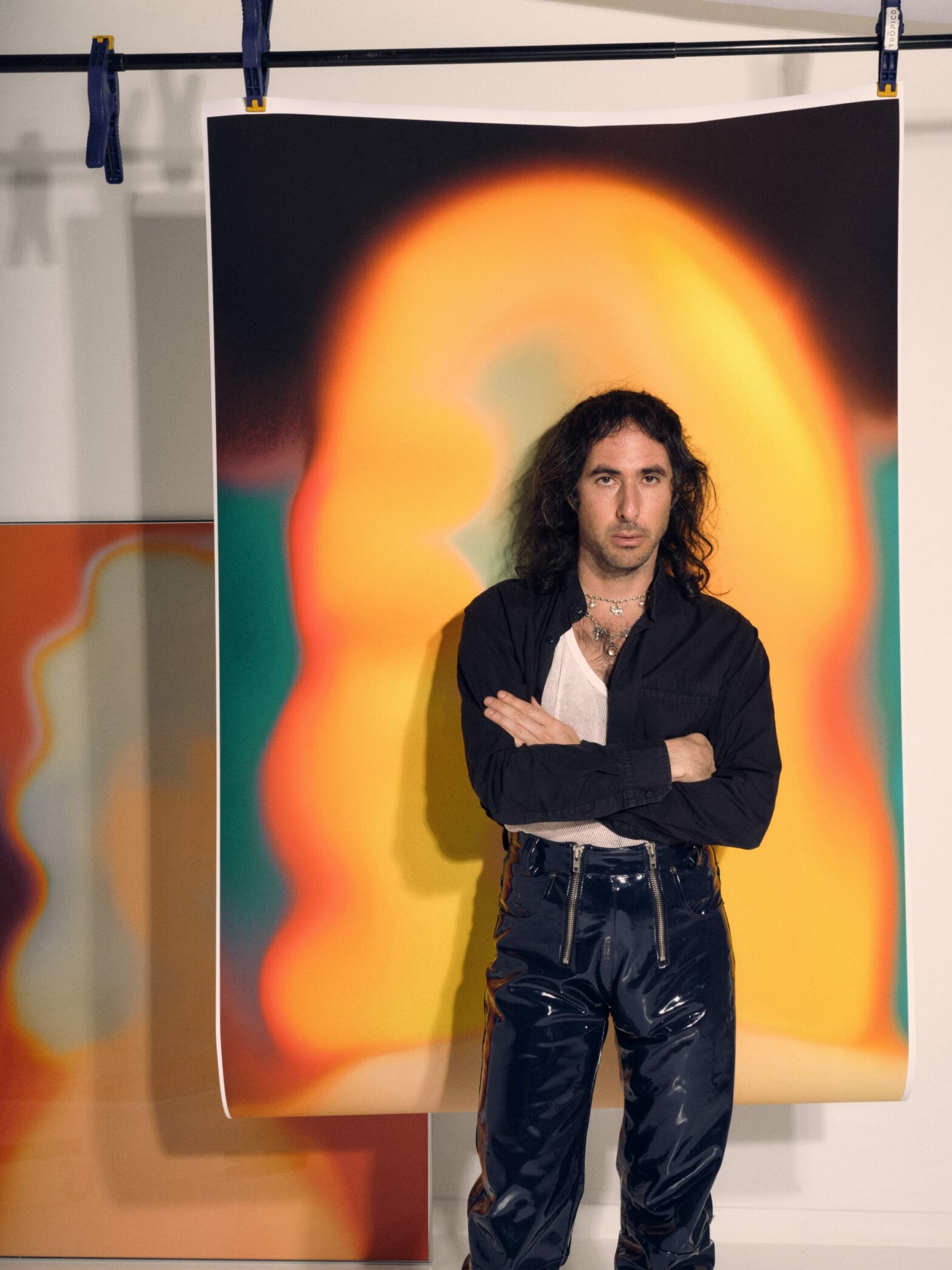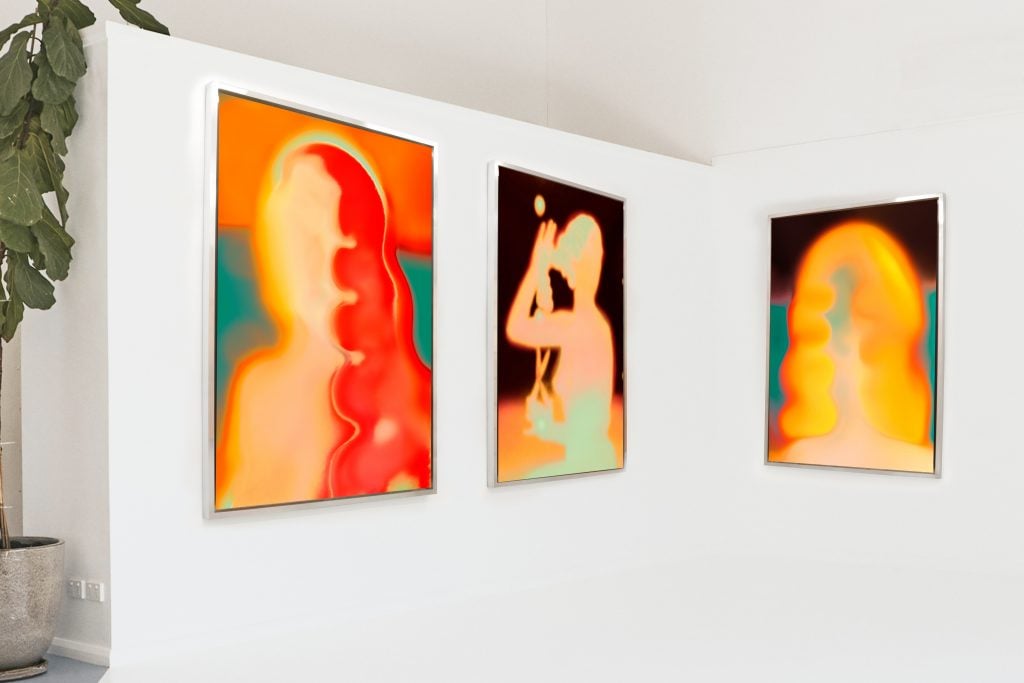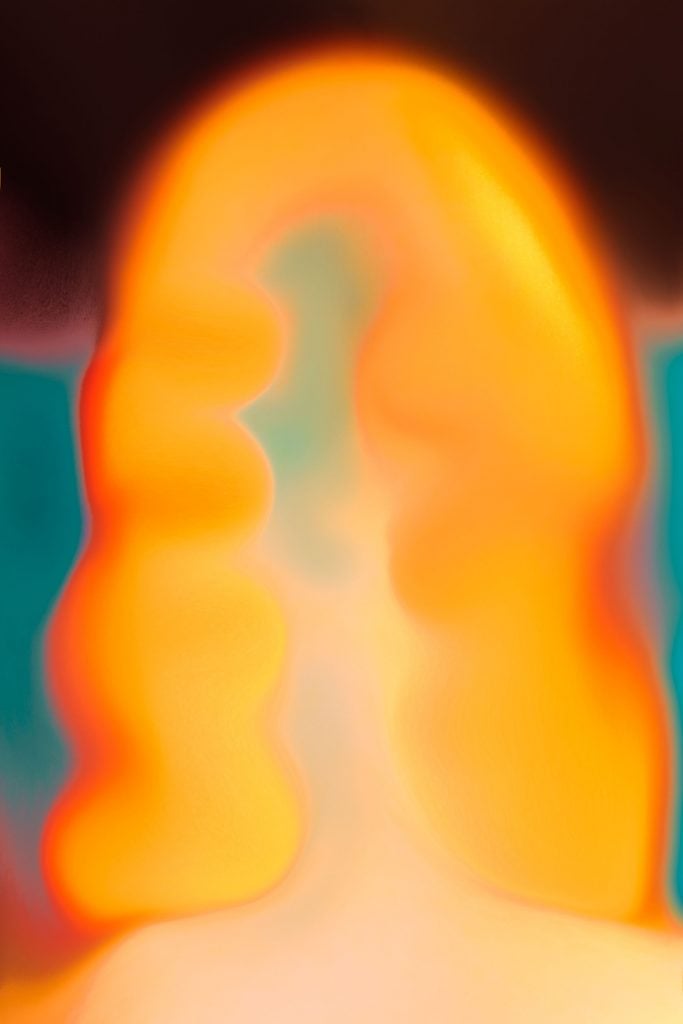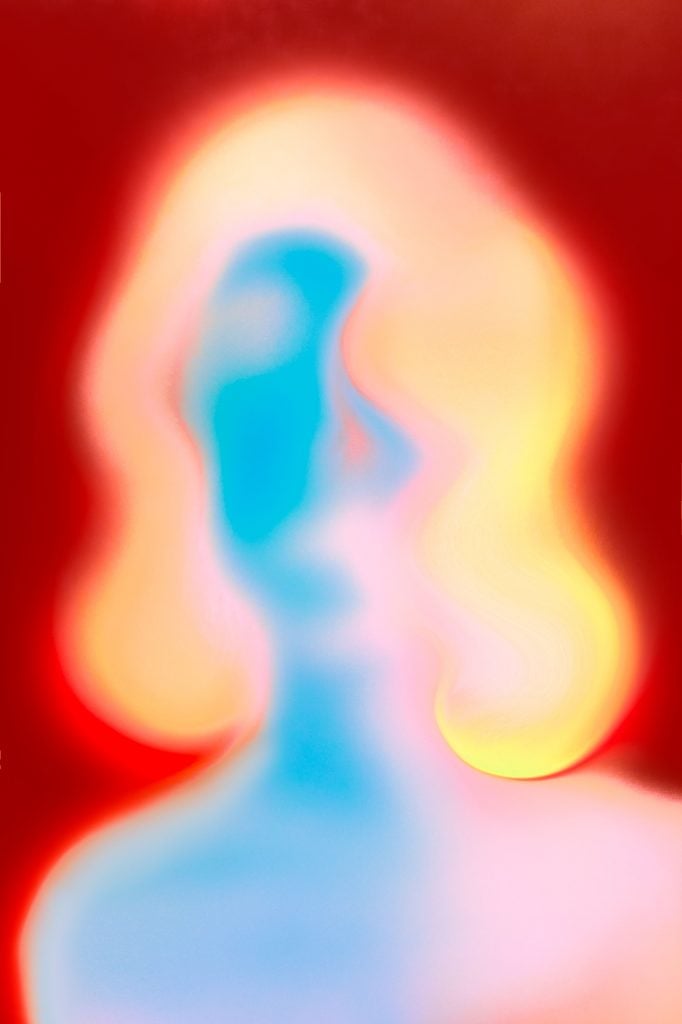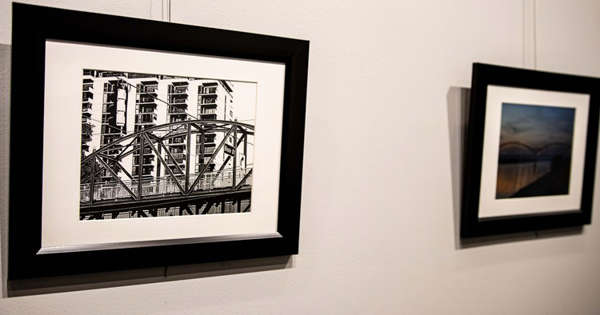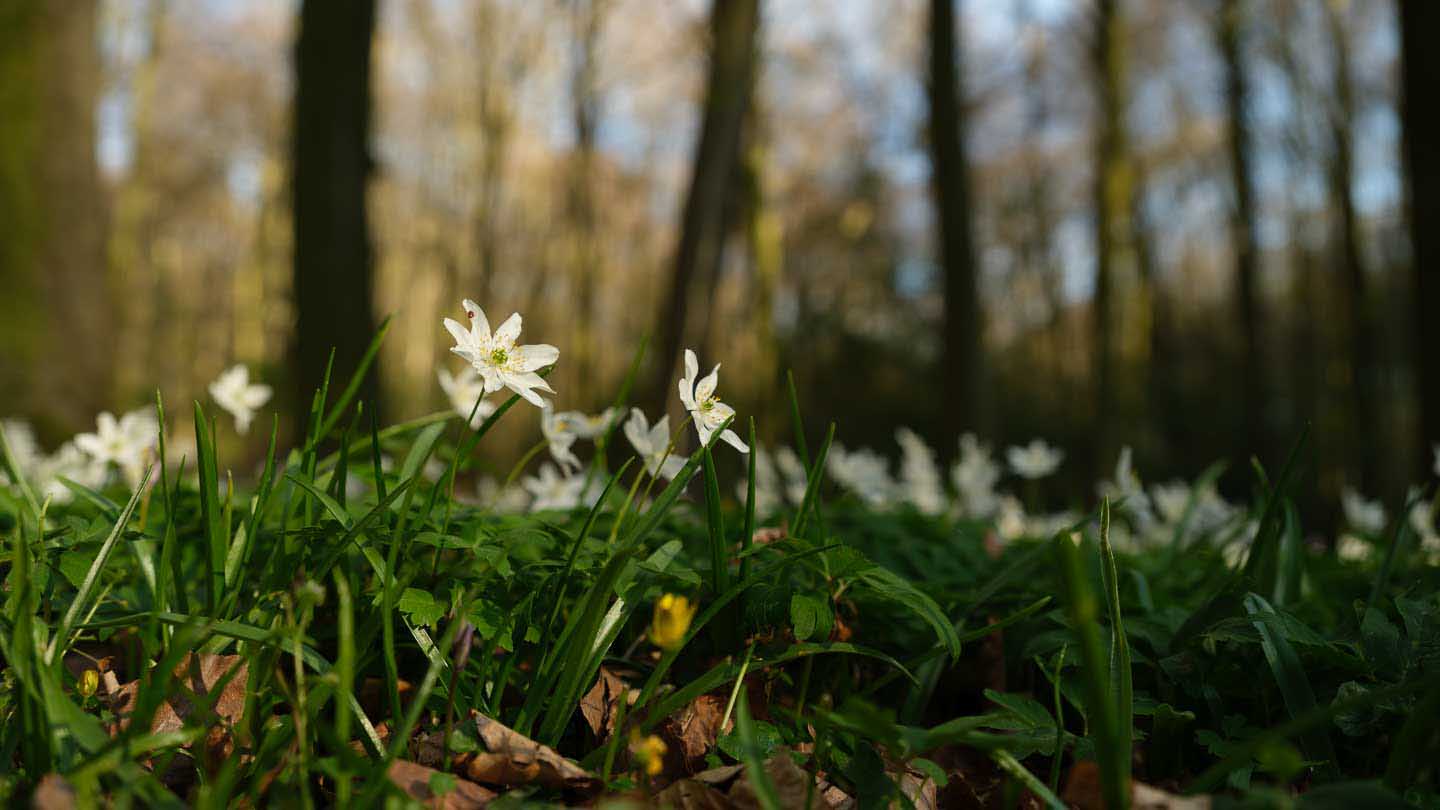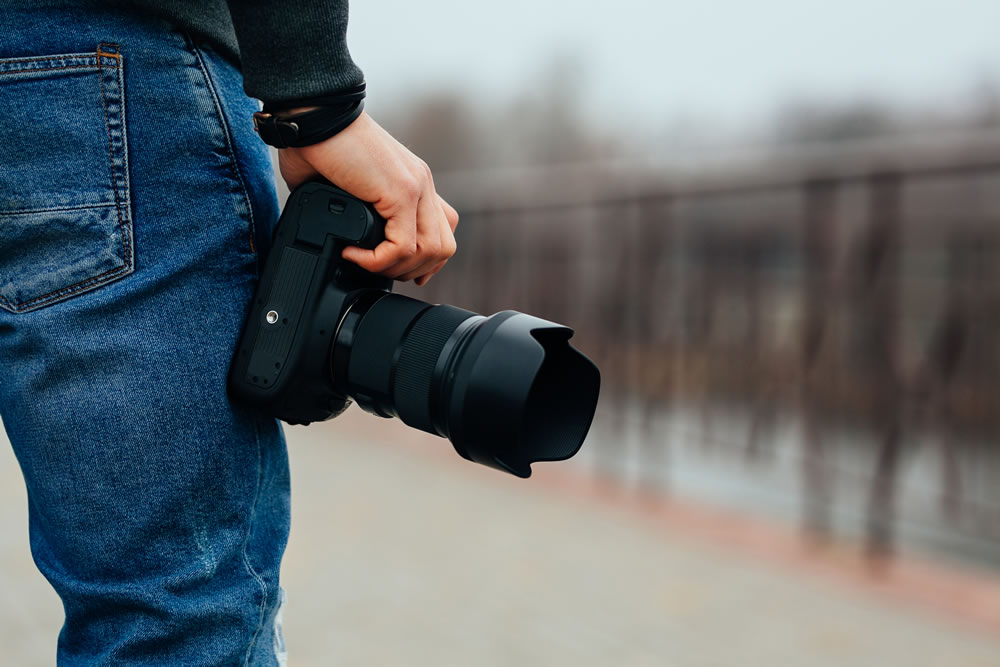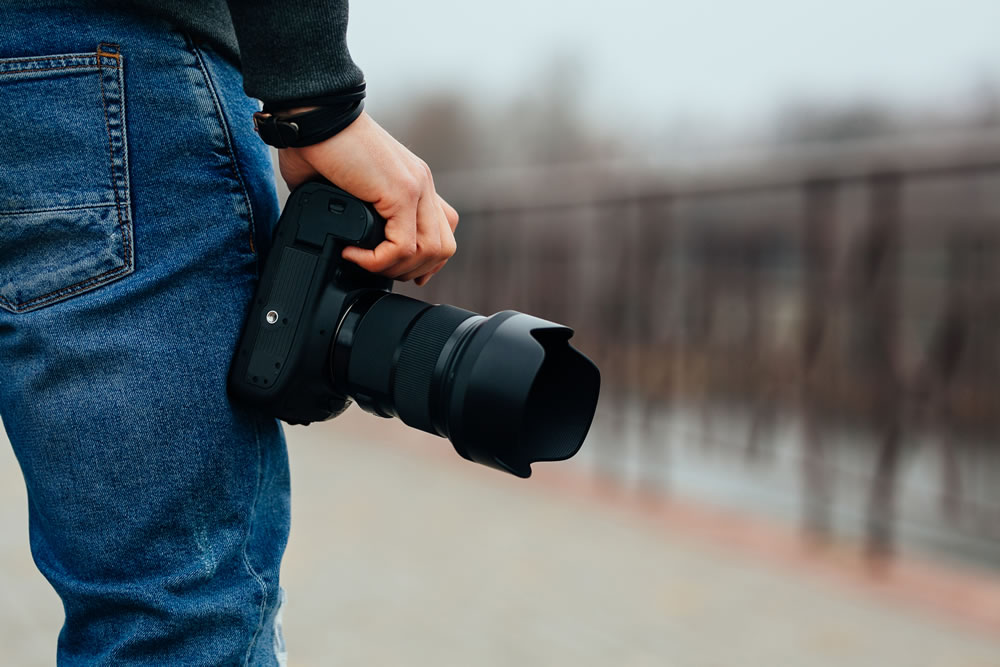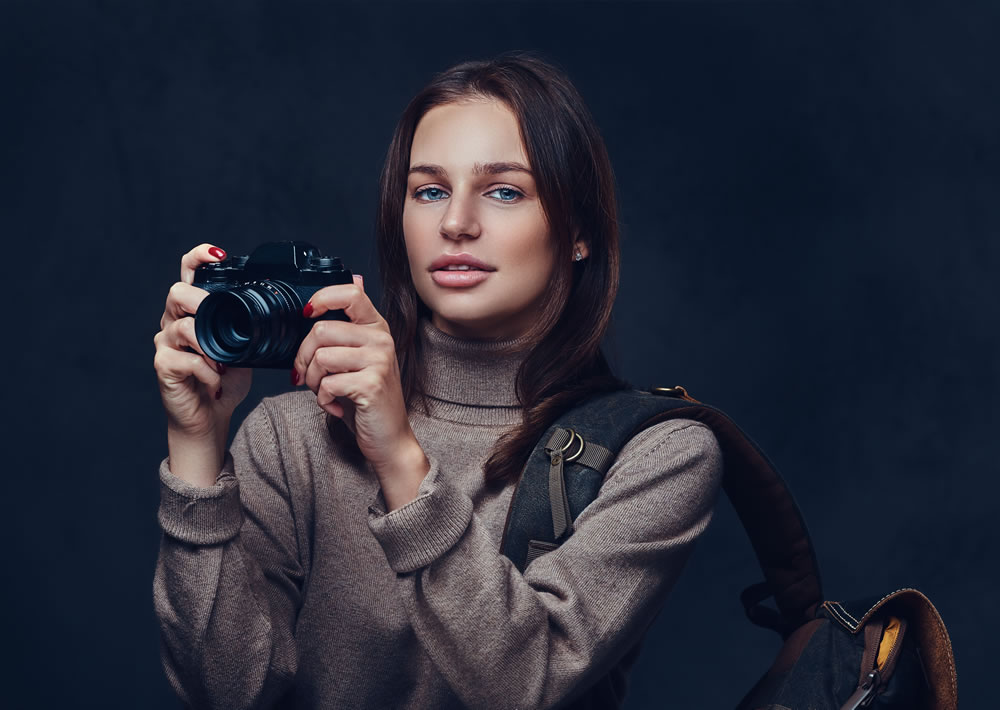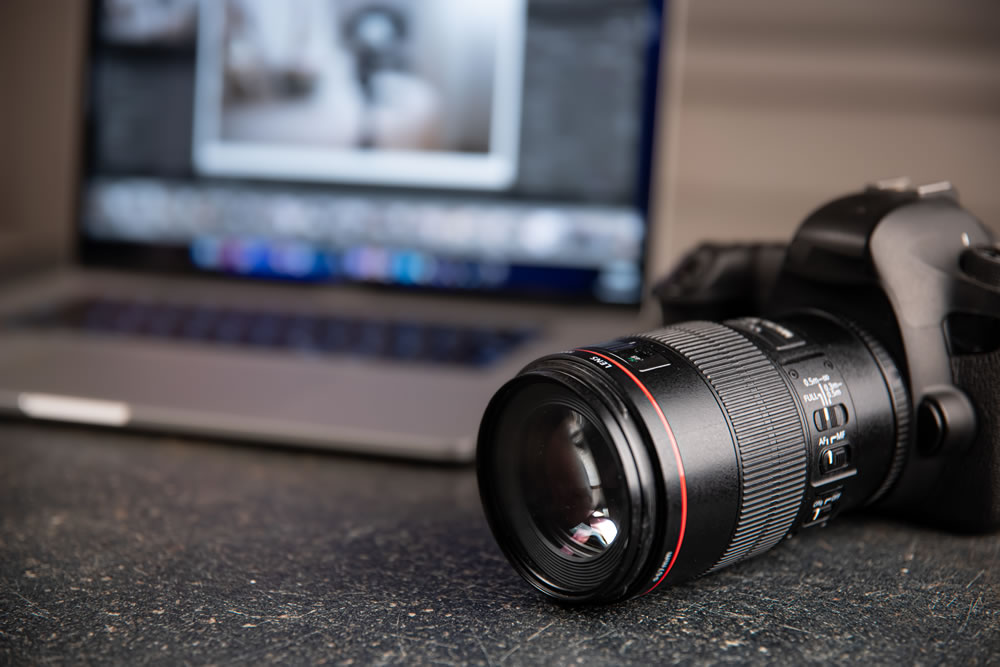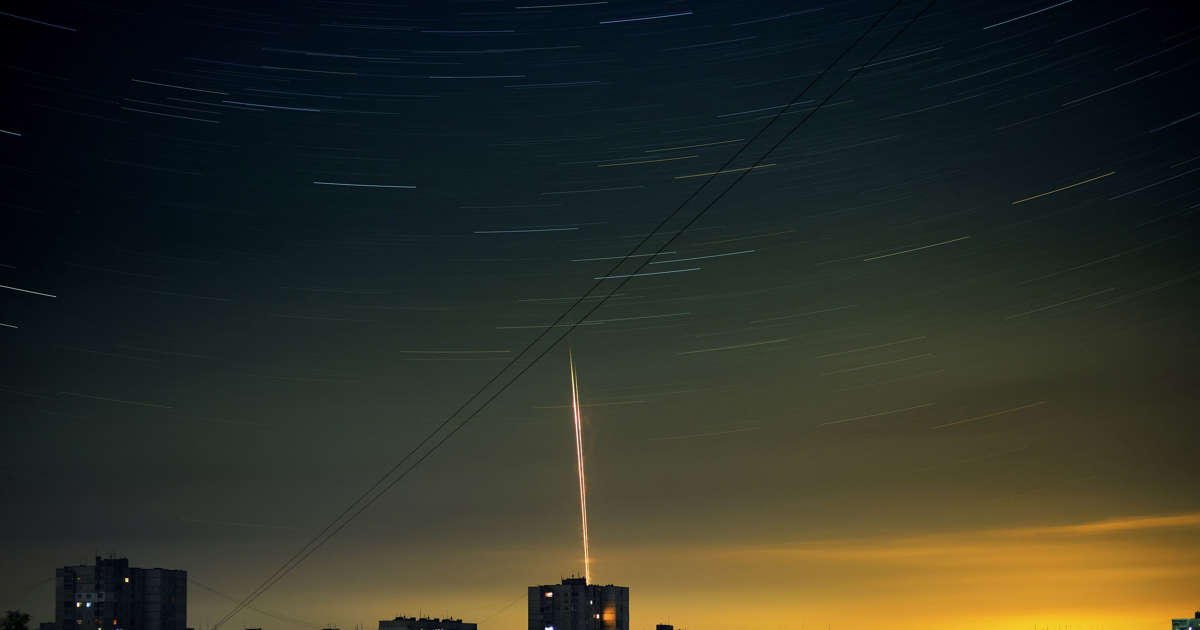
© Provided by MUO
Travel photography is a popular genre for beginners, and some people have also made a career out of capturing their adventures. You might begin by sharing images from your trip on social media—but as you progress, you may wish to see how good your skills are compared to others.
Photography competitions have existed for a while, and the internet means it’s never been easier to enter one. Plenty of contests are available online, many of which take place each year. If you’re looking for some of the best to join, we’ll help you find them.
This article will go in-depth on a selection of travel photography competitions; you’ll learn about their pricing, the requirements, and how often they occur.
Travel Photographer of the Year, also known as TPOTY, is one of the most famous competitions in this genre. The contest began in 2003 and has helped several photographers worldwide gain recognition.
Of course, travel photography has several sub-niches—and TPOTY reflects this. You’ve got the overall prize, and separate categories exist for younger photographers. If you’re interested in capturing portraits on your travels, you’ll find prizes available for that as well.
Many photographers later add filmmaking to their skill set, and this competition has a prize for those interested in making HD short-form videos. Young TPOTY is free to enter, but others require you to pay a fee. You can see a full breakdown of the prices on the TPOTY website.
TPOTY takes place annually, and the entry deadline is usually in the fall. For example, the deadline for the 2023 competition was in October 2022.
Wanderlust is one of the most popular travel magazines, and you’ll find plenty of resources to help you plan a memorable trip. Once you’ve decided where to go, you may also wish to consider entering the Wanderlust Photo of the Year competition.
Like TPOTY, Wanderlust Photo of the Year takes place annually. You can submit your entries within four categories, and the contest is primarily targeted toward amateur photographers. If you’re successful, you could win prizes; the 2022 version offered a trip to Singapore, for example.
If you’ve taken photos on a trip that you love in the past, you don’t need to go out and capture new shots for the competition. Wanderlust Photo of the Year allows entries from years gone by, and you don’t need to pay an entry fee if you want to submit your shots.
National Geographic is among the most renowned names in science and technology. Its travel documentaries and articles are also popular, and one thing that’ll strike you when visiting the National Geographic Traveller website is its beautiful imagery.
Each year, National Geographic hosts the National Geographic Traveller Photography Competition. You can submit images in six categories, including one for landscape photography and another for urban environments.
The other four categories are:
- Food & travel
- People
- Portfolio
- Wildlife
You can enter each category if you’ve got a diverse portfolio and want to see how you do against other contestants. Besides the Grand Prize winners, you can also enjoy niceties if you’re a runner-up.
Like TPOTY, you’ll need to submit your entries in the fall of the year before the competition. However, the deadline is usually in late November.
Sony is one of the most popular camera manufacturers. Besides these devices’ capabilities for still images, many photographers with YouTube channels also use Sony cameras to film the footage they share with their audiences.
Each year, the Sony World Photography Awards offers amateur and professional picture-takers to share their art with others. You’ll find numerous categories, but travel is one of them. The prizes will depend on which competition you enter.
Any entries for the Sony World Photography Awards need to have been taken in the year leading up to it. In addition to the actual winners, dozens of photographers are shortlisted. The competition is free to enter; you can purchase a bundle if you want to submit more than the maximum limits.
The Telegraph is one of the largest newspapers in the UK, and its travel photography competition is a little unique compared to some of the others on our list. Whereas many we’ve already mentioned take place annually, The Big Picture is a weekly contest.
You can submit multiple kinds of travel photographs, but these aren’t broken into separate categories. Instead, you’ll need to send your image to the paper and explain what’s happening.
You must be at least 18 years old to enter The Big Picture. Moreover, you must live in the UK, the Republic of Ireland, the Isle of Man, or the Channel Islands. Winners of The Big Picture competition receive a voucher for the popular travel operator Trailfinders in the UK and Ireland.
CEWE is a photo printing company that operates throughout Europe. Each year, you can enter a selection of photography competitions—but the CEWE Photo Award is the best option if you want to submit images from your travels. The competition takes place each year, and you can choose from numerous categories.
Travel & Culture is one of the sections you can submit your images within. You can photograph events that take place on your adventures, along with landscapes and more. Entering the competition is free for all.
The CEWE Photo Award allows you to win numerous prizes, and entries feature on the company’s website. To enter the competition, you need to be at least 18.
Put Your Travel Photography to the Test
Even if you don’t share your photos with anyone else, travel photography is a lot of fun. But if you’ve been taking pictures for a while, you might want to see how you fare against others in your field. Regardless of whether you’re an amateur or a pro, you’ll find plenty of travel photography competitions.
A lot of the best travel photography competitions allow you to enter online. You can submit portraits, landscapes, and much more. Try out some of these on the list and see if you can achieve some recognition for your work. At the very least, these contests will force you to think more creatively.
